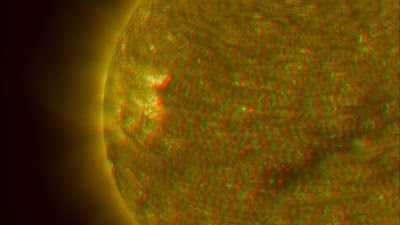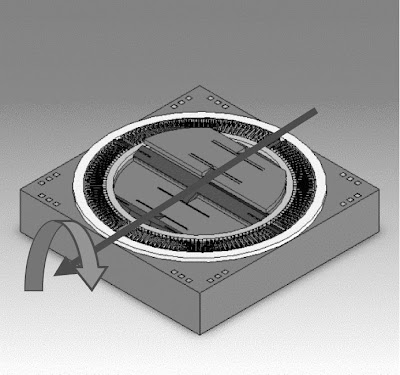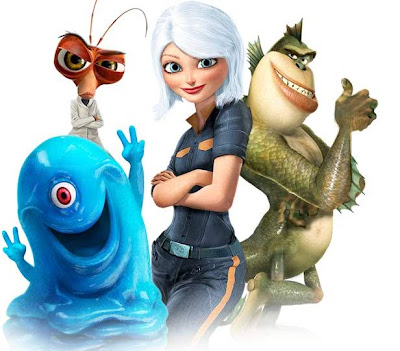
Next3D is delivering stereoscopic 3D high-definition programming to Sony PS3 game consoles and Apple computers. Using the free downloadable player software with shutter glasses enables full 1080p 3D high-definition movies to be played on PS3's, XBOX 360's and Macs. Next3D delivers the 3D content over the Internet using a broadband connection to your computer or game console. Premium movis are pay-per-view and includes both mainstream 3D movies from the major studios, as well as movies originally produced for Imax 3D theaters.
Next3D will also offer user-created content channels for independent producers as well as bullitenboards where stereo photographers can post and share 3D videos and photographs. The Next3D Movie Player is free to consumers on every supported platform, including the XBOX 360, PS3 and Mac, as well as 3D-ready TVs from Sony, LG, Mitsubishi and JVC.
Former President of Coca-Cola and Turner Broadcasting, Steven J. Heyer, recently joined Next3D as Chairman. Heyer's international reputation as an operations/marketing executive and brand builder spans the entertainment, advertising, communications, and hospitality industries.
"I've looked at all the companies in the 3D space, and Next3D is best positioned to become the market leader with a combination of technology, strategic partnerships, first-mover advantage, and a great team to assure solid execution," said Heyer in a prepared statement.












